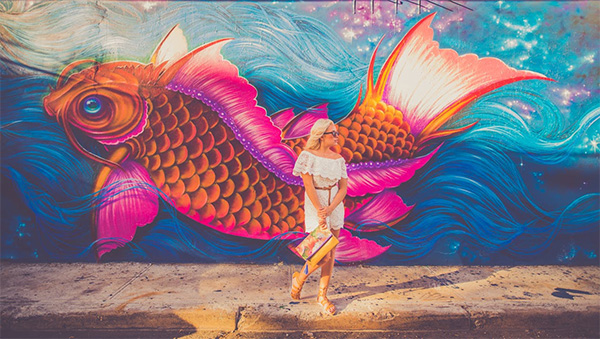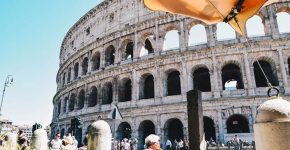The Historic Charm of Old San Juan, Puerto Rico
Cobbled streets underfoot. Brightly painted buildings stacked like storybook houses, each one slightly off-kilter—yellows, pinks, blues, louder than the sea breeze. No other place quite manages that mix of old-world confidence and Caribbean ease. Layers of history sit on every doorstep. And not the kind in dry museums, either. Here it’s alive: children dart through Spanish arches; salsa music spills from shaded courtyards; someone’s grandmother waves down from a wrought-iron balcony as slow-moving tourists try to catch their breath in the heat. To understand this city is to feel its rhythm—not just see it—and step into an ongoing conversation centuries in the making.
Layers Through Time
Take a walk—never mind the sweat running down your back—and what jumps out? Not as technology, but as a living artifact of adaptation: those ancient city walls, built by hands never recorded in any textbook. Over four hundred years stare right back at anyone willing to look long enough. There’s El Morro looming against the sky, daring ships and storms alike to test its patience. Elsewhere, narrow lanes wind like riddles past churches built before most countries even had names. Every brick and tile argues with whatever modern gloss tries to push its way in—the result is a tangled beauty no master planner could fake.
A Patchwork of Colors
It’s not just architecture holding attention hostage here—it’s color singing from every surface. Facades glow after rain showers; shutters bask in afternoon sun; plazas pop with painted tiles underfoot and above head alike. Why so much hue? Maybe it started as rebellion or maybe pure joy—either way, monotony never stood a chance on these blocks. Passersby stop mid-step for photos but miss real wonders lurking behind crumbling doors: secret gardens thick with orchid vines; kitchens where grandmothers roll out dough like their mothers did before them—all wrapped up behind turquoise gates set crookedly into coral stone.
Culture Never Sits Still
Stand still long enough—impossible for most tourists—and what reveals itself? Culture that refuses quiet retirement: food carts hawking piraguas dripping syrup over sticky fingers; street musicians playing rhythms older than any map on display nearby; painters coaxing seashells onto fresh canvases as dogs nap beneath sunbaked benches. Holidays explode into open-air festivals when everyone claims kinship for an evening or two (and sometimes a morning after). What surprises visitors most isn’t spectacle—it’s how daily life weaves seamlessly through all this invention and memory without self-conscious nostalgia or forced routine.
Shadows and Sea Breezes
Ignore the postcard blue sky for a moment—watch shadows stretch across plazas at dusk while salt air sneaks inland from the bay instead. Cooling winds pick up fragments of laughter drifting out of restaurants where candlelight pools around rough tables crowded with plates of mofongo and fresh-caught snapper. There’s comfort here even among ruin: weathered walls find new roles as canvases for muralists who understand that history asks not just preservation but reinvention too. Locals trade stories in quiet corners while cruise ship crowds fade away—what remains is something rooted deep below flags and souvenirs.
Not every destination clings so tightly to both yesterday and today at once—the secret sits somewhere between those timeworn stones and lively plazas humming well after sunset. It’s about more than sights crammed onto postcards or restaurant menus lost in translation attempts; it’s about shared moments layered atop vanished centuries until visitors start feeling less like guests and more like participants themselves—even if just briefly caught within its embrace before moving along again.
Photo Attribution:
1st & featured image by https://www.pexels.com/photo/assorted-coloured-umbrellas-hanging-near-buildings-2526099/
2nd image by https://www.pexels.com/photo/woman-standing-near-fish-graphic-wall-3018073/






